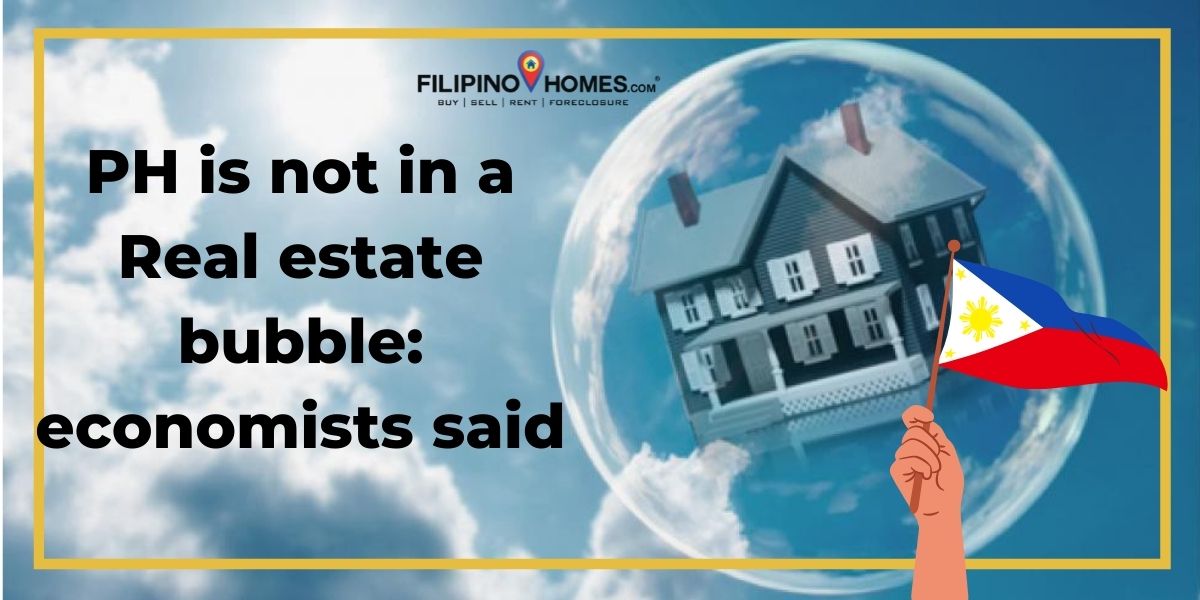Despite a rise in construction permits issuance and a drop in the residential real estate price index (RREPI), one economist has dismissed a real estate bubble.
ING Bank Manila senior economist Nicholas Mapa used statistics from the Philippine Statistics Authority (PSA) to show that building activity increased in the second quarter of 2021 compared to the previous year.
“This reflects pent-up permits as construction activity was finally allowed to resume in some parts, albeit on a staggered and limited basis,” he said in a report released Tuesday, citing the impact of the government’s movement restrictions imposed last year in response to the rise in coronavirus disease 2019 (Covid-19) infections.
In the second quarter of this year, the PSA announced that the overall number of constructions increased by 114.1 percent year over year.
For one thing, residential development increased by 102.8 percent, owing mostly to those outside the National Capital Region (NCR).
Cavite, Laguna, Batangas, Rizal, and Quezon (Calabarzon) had the most real estate constructions, accounting for 9,773 or 25.5 percent of the total during the time.
According to Mapa, the increase in residential unit building in Region 4-A “mirrors recent events” reported in the RREPI report by the Bangko Sentral ng Pilipinas.
He claimed the RREPI was remained negative, citing the central bank data, “since the broader market was weighed down by the sharp reduction in condominium prices and prices in the NCR in general.”
According to Mapa, the same analysis also reveals that housing costs outside of the NCR and for single-family detached homes have increased, as seen by the permits data.
“This tendency shows that the Philippines is likewise experiencing the worldwide phenomenon of Filipinos seeking more space migrating from urban centers to locations outside the metropolis.” It’s no surprise that, after being confined to the city for more than a year, there is now a natural and healthy demand for land and residences outside of the city.”
The RREPI calculates the average change in prices of various dwelling unit types based on bank-issued real estate loans.
It is used to assess the situation of the domestic real estate and credit markets.
“As the Philippines intends to experience some type of deurbanization,” Mapa added, the tendency of growing residential-related projects in the provinces is likely to enhance developments outside of the national capital.
Despite the increased granting of construction permits, he claims that “signs of a real estate bubble have yet to emerge in a perceptible form.”
“The BSP’s RREPI remains negative, and the epidemic appears to have deflated previously inflated condominium values.” In the meanwhile, rental inflation has slowed and now stands at 1.1 percent in August,” he noted.
Residential real estate prices of different types of new dwelling units fell 4.2 percent year over year and 1.6 percent quarter over quarter in the first quarter of 2021, according to the RREPI, due to decreasing demand due to the pandemic. (Source: Philippine News Agency)




